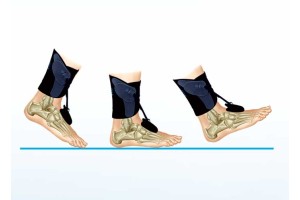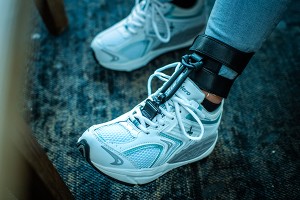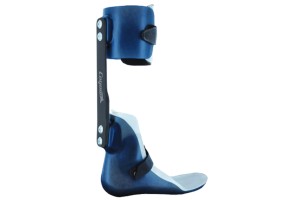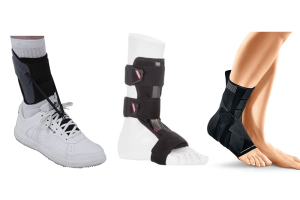One of the most important factors in winter is the weather.
The weather has a massive influence on training and performance if you train outdoors. In fact, weather is arguably the most important factor. If the temperature drops your muscle efficiency and their ability to contract are reduced making you more susceptible to injury. To help prevent injury you will have to drastically increase your warm up times to allow the muscles to reach an adequate temperature to perform optimally.
There are 3 main weather factors to consider when planning a training session outside in the winter.
The first is the temperature itself, the colder it is the harder it will be to keep your muscles from fatiguing quickly.
The second is rain, if it’s raining you will get damp and if it is cold the water will enhance the chill factor on your body further reducing its ability to contract effectively.
The third factor is wind, the windier it is the greater the wind chill factor will affect the muscles.
Usually your body can cope with one of these weather conditions at a time, however if all three are present this will have a rapid and drastic cooling effect on the body which can quickly lead to hypothermia. For this reason, it is good practice to train close to home or run a small circuit repetitively in case the weather takes a turn for the worst. This will allow you to get out of the cold quickly. Training with a partner or group is another good practice in this situation in case the weather does take a turn for the worst.
Another key factor is clothing, don’t go out into the cold in shorts, wear leggings or trouser at a minimum, especially when running to protect your working muscles from wind chill. If the weather is bad and you still want to train, make sure you have on adequate clothing (warm and waterproof) to help keep you warm while training.
Keep an eye on the terrain as well, an especially cold day can hide black ice on the roads so it can be a good idea in these situations to stick to grass or trail as much as possible to limit the chances of slipping and falling. In this situation it is also a good idea to train with a partner or group as a safety precaution in case a fall should occur.
Hopefully these winter training tips can help you continue training despite weather conditions.










